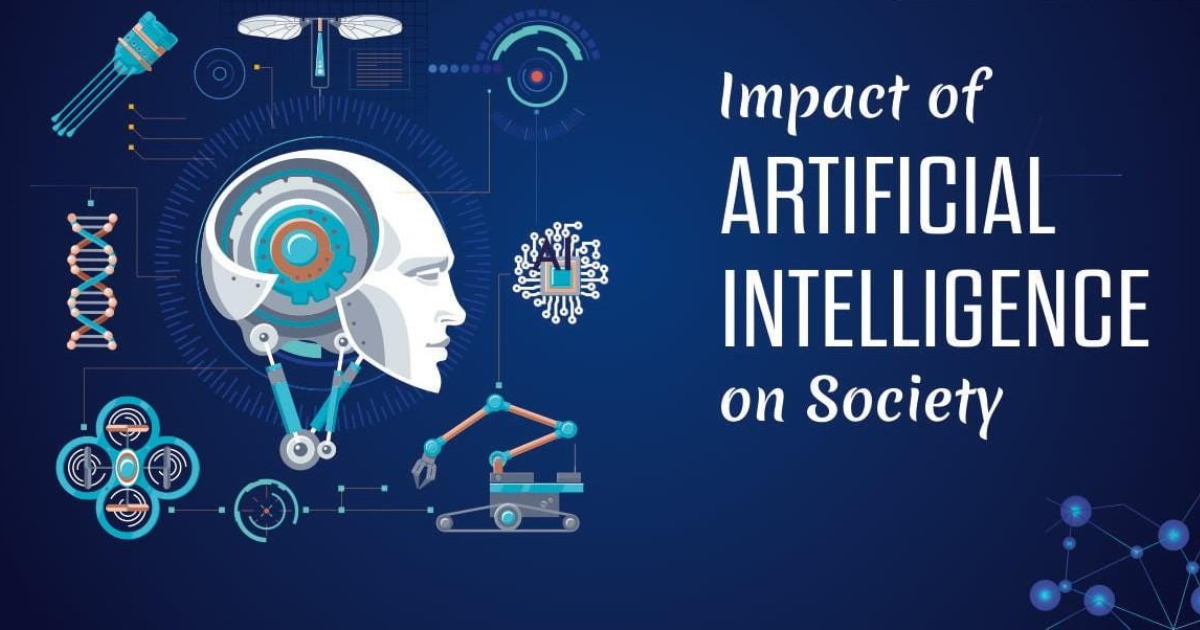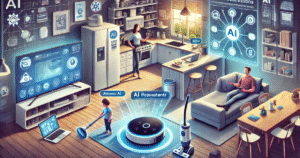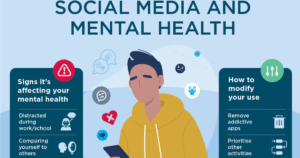
Artificial Intelligence (AI) is becoming an integral part of our daily lives. From interacting with voice assistants and shopping online to undergoing medical check-ups and exploring smart cities, AI is transforming the way we live and work. Many human beings view AI as beneficial because it streamlines obligations, making them quicker, simpler, and more accurate. At the same time, concerns exist about task safety, privacy, and the extent to which humans should rely on machines. To better understand AI, it is essential to examine its diverse types, their operational mechanisms, and the roles they play in our society. This article explains these kinds in easy terms, allowing you to see both the benefits and the challenges of AI.
Key categories of AI

Synthetic Intelligence is not all the same—it is available in specific bureaucracies depending on how much it can “think” and act like a human. The primary type is slim AI, which is designed for precise tasks, such as voice assistants, spam filters, or online recommendations. it really works properly in a single vicinity but cannot perform outdoor its education. The second type is fashionable AI, which is still in development. This kind of AI would be able to learn, understand, and resolve problems across many fields—much like how humans think. The third and maximum superior concept is Superintelligent AI, which can surpass human intelligence in each way. Whilst it sounds interesting, it also raises many concerns about safety, management, and ethics.

AI is now a vital part of many everyday activities, often without our even noticing. While we use maps to discover the quickest direction, shop online and see product recommendations, or communicate with a voice assistant, AI has been operating in the background. In healthcare, it aids doctors in making faster and more accurate diagnoses. In training, AI tools guide students with personalized mastering. Even amusement systems, such as music and video apps, use AI to recommend what we’d enjoy next. Those examples show how AI is making existence less complicated, more connected, and more efficient for humans anywhere.
AI is revolutionizing the way industries function and driving innovative solutions. In production, it facilitates the design of smart towns, controls massive projects, and enhances safety. In manufacturing, AI-powered robots accelerate production and decrease human mistakes. The aerospace and transportation industries utilize AI for safer flights, autonomous vehicles, and advanced traffic management. Businesses are also utilizing AI for customer service, records evaluation, and advertising functions. These innovations not only save time and money but also open doors to new opportunities that were previously not possible. AI is rapidly becoming an effective tool to drive progress in nearly every field.

At the same time, AI can be very beneficial, but it isn’t always truthful or best. AI structures analyze data from statistics, and if those records are incomplete or biased, the consequences can also be biased. This may lead to unfair decisions in areas such as hiring, lending, or regulation enforcement. any other situation is privacy—AI regularly collects massive quantities of personal records, raising questions about how properly it’s far stored and used. Humans additionally fear about who controls AI and how transparent its choices really are. To construct, AI needs to be evolved with clear rules, equity, and robust moral principles.

AI is transforming how people think, work, and interact with one another. Many human beings rely on AI for brief answers, which may lead to a decline in critical thinking abilities over time. Social media structures powered by AI can influence evaluations or even shape behavior, sometimes without users being aware of it. An excessive reliance on smart machines may lead to a decrease in face-to-face human interaction, resulting in feelings of isolation. At the same time, AI can also assist in enhancing conversation, specifically for individuals with disabilities or those dealing with language barriers. The goal is to utilize AI in a way that enhances human connection rather than replacing it.
What are the primary categories of AI?
The three important categories of AI are slim AI, which is designed for specific tasks; general AI, which can assume and resolve problems like people (although still under development); and Superintelligent AI, which could surpass human intelligence in the future.
How does AI have an effect on day-to-day life?
AI helps in numerous ways, including recommending films, assisting with online shopping, providing directions, aiding doctors with clinical diagnoses, and enhancing training through personalized learning tools.
What are the moral demanding situations of AI?
Moral challenges include bias in decision-making, a loss of transparency, the misuse of personal records, and questions about who controls AI and how it is used effectively.
How is AI impacting jobs and the economy?
AI creates new task opportunities in the era of innovation, but also replaces many habitual jobs. This raises concerns about task safety and underscores the need for retraining workers for future roles.
Why is bioethics essential in AI improvement?
Bioethics guarantees that AI respects human rights, protects privacy, and is used responsibly. Without ethical guidelines, AI could harm humans instead of benefiting society.
Conclusion
Artificial intelligence is transforming the way we live, work, and connect in the world. It offers numerous advantages, including quicker services, advanced healthcare, and more environmentally friendly industries. At the same time, it presents challenging situations, such as job loss, privacy concerns, and moral dilemmas. The destiny of AI relies upon how responsibly we use it—balancing development with human values. If controlled wisely, AI can become an effective tool to improve lives whilst retaining a safe and honest society.




